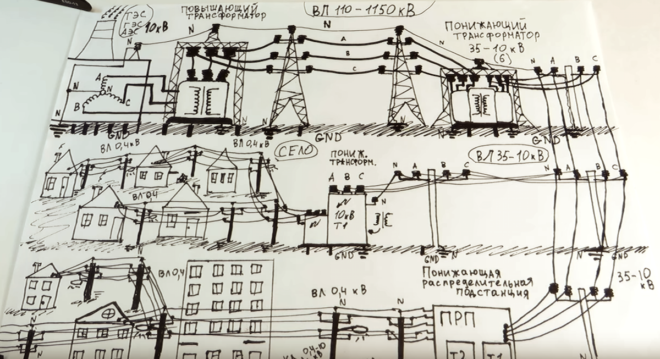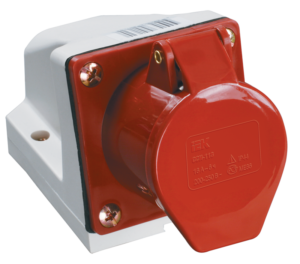What is the current in the home outlet - AC or DC?
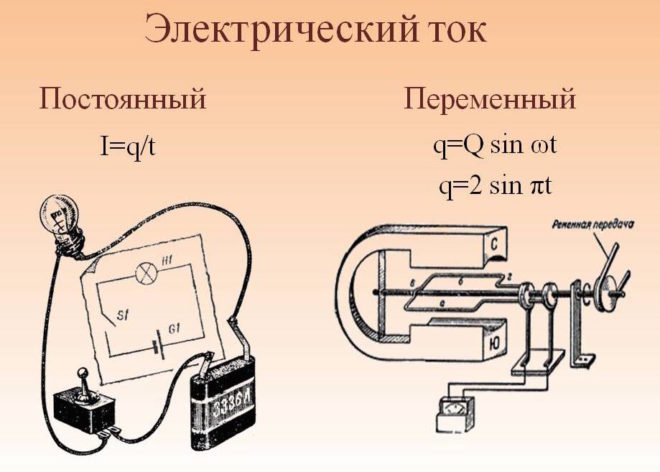
Modern electrical appliances are designed to be as user-friendly as possible and in order to use them, it is not at all necessary to know what current is in the outlet where they are connected. Such knowledge may never be useful in everyday life - it is usually enough to know that there is a current in the outlet, thanks to which all household appliances work.
Content
Where electricity knowledge can come in handy
It is good if questions about the principles of operation of electrical appliances arise simply from "sports interest." Worse happens in the case of a trip to another country, where unprepared travelers are surprised to find outlets of an unfamiliar type. If before that a person paid attention to the inscriptions near "their" sockets, then in "strangers" there may be a different frequency and voltage. To understand why this happens, you need at least in general terms to familiarize yourself with the basics of electrical engineering.
DC and AC
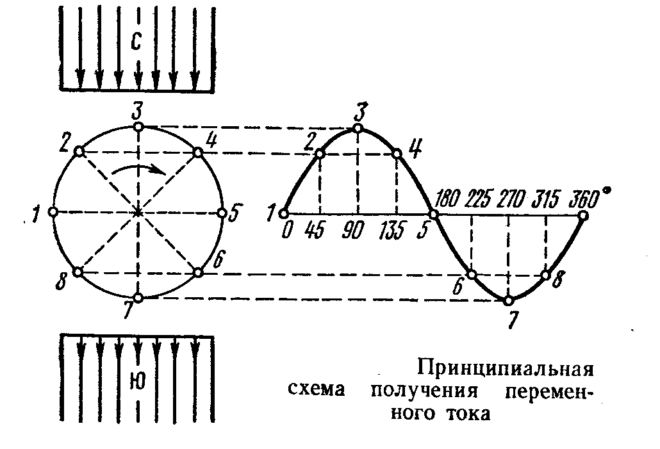
This is one of the most important characteristics of an electric current. Each electrical appliance is designed for a certain type of it and, if connected incorrectly, will simply not work at best.
Any of these currents are created by an electromagnetic field, which forces free electrons to move in metals or other conductors. But with constant they always fly in one direction, and the alternating current pulls them back and forth. In any case, they move and do work, but devices for converting electrical energy into mechanical energy have to be made different. That is, an electric motor, for example, can be made from both direct and alternating current, but the first cannot be included in the second circuit.
If most electrical appliances operate on direct current, then it is more profitable to use an alternating current to transmit electricity over long distances - it is not so sensitive to the resistance of conductors. Therefore, there can be no two opinions about what current is in a household outlet: constant or variable - the second option is always used.
This video describes the historical background for using alternating current in power grids:
Phase and zero
These concepts refer exclusively to alternating current. It is generally accepted that the phase in the outlet is analogous to the plus of a direct current, and zero - to the minus, therefore, zero “does not beat” if you touch it. In fact, everything is somewhat more complicated - in alternating current, plus and minus constantly change places, therefore, in a closed circuit (with a connected load), current also flows at zero. But the fact is that it really does not beat, even if you take it with your bare hands - when doing electrical work, they look for where the phase is in the outlet and insulate this wire without fail, and the rest are left bare without much fear.
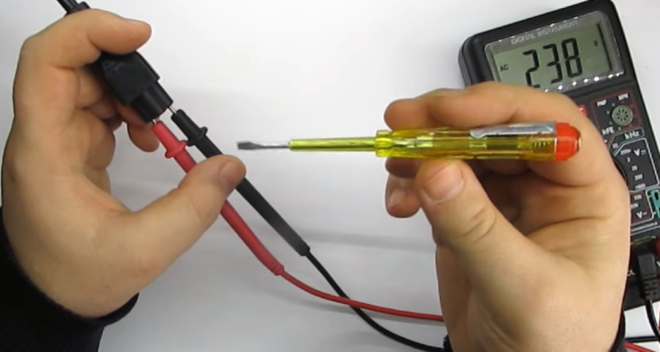
In a properly connected and normally working electrical wiring, zero does not shock a person because the so-called scheme for connecting consumers with a dead-grounded neutral is used. This means that the neutral wire at the substation and at the point of entry into the house are grounded and the current, if there is any in the wire, passes by the person.
Earthing
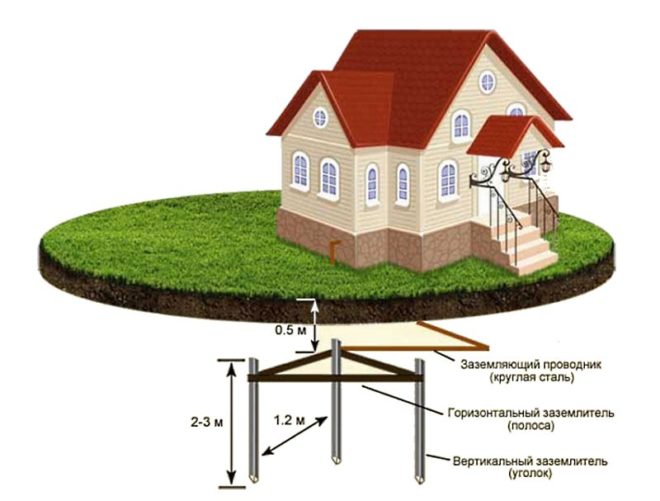
A socket without a ground wire is not uncommon for old houses, because previously powerful electrical appliances were practically not used in everyday life. Modern safety requirements for electrical appliances are much stricter, so sockets installed without grounding simply cannot be used even in a project.
The meaning of grounding is in additional protection. If a socket without protective grounding is used, then in most cases the body of the devices is connected to a working zero. As a result, if the phase hits the device case (in case of insulation breakdown), then a short circuit occurs and knocks out the protective plugs. This leads to damage to the device, and is relatively safe for a person, on one condition - if he did not touch the device at the time of the short circuit. Otherwise, until the protection is triggered, a short-circuit current hits the person, which is tens of times higher than the nominal.
Sockets with grounding separate zero into a working one, which is necessary for the operation of the device, and a protective one. The case is now connected to ground, and zero is working normally. If a phase falls on the case, the socket grounding contact “takes” it away from the person, even if he touches the device at that moment, and the protective automatics turn off the power. It does not shock a person, a short circuit does not occur, and the device, if possible, remains intact. It remains only to find the place where the insulation was damaged and eliminate the malfunction.
As a result, the question of what is better to pose - sockets operating without grounding or still with it, does not exist - the PUE unambiguously require the installation of a device of the second type.
Electric voltage
If you do not use such scientific terms as "electric field strength" and "potential difference", then the following analogies will help to understand what voltage is in the network and why it is exactly this:
Potential and kinetic energy is a very simplified example, but the point is that voltage shows what forces can be used when moving an electric charge. The main difference is that potential energy is converted into kinetic energy, and the voltage is always stable. You can use this analogy because while no device is plugged into the outlet, then there is a voltage in it, ready to start moving charged particles, but there is no electric current. The movement of electric current begins only when connected to the load wires (or when zero and phase are closed).
The higher the voltage, the higher its "pushing" ability - this means that at sufficiently large values, the current will "break through" the dielectric between the wires. Under normal conditions, the dielectric between the wires is air, so the higher the voltage, the higher the likelihood of lightning (short circuit) occurring between them. This property is used in piezo lighters and ignition mechanisms for industrial furnaces, only in the first the distance between the contacts is 0.5 mm and the voltage is several volts, and in the second case - between the contacts is 10-15 centimeters, and the voltage is about 10 thousand volts.
For power lines between cities, a voltage of 150-600 thousand volts is used, in the suburbs it is 4-30 thousand volts, and for consumers the voltage in the outlet is already 100-380 volts. Different countries have their own standards, so it is worth checking this point before traveling.
Electric current frequency
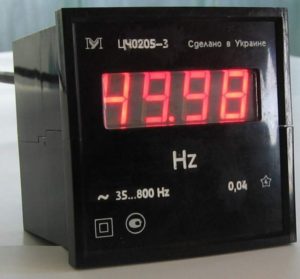 One of the AC parameters, showing how many times per second it will change the direction of movement from plus to minus. The full cycle of changes - from zero to plus, then to minus and back to zero is called Hertz.Two frequency standards are used all over the world - 50 and 60 Hertz.
One of the AC parameters, showing how many times per second it will change the direction of movement from plus to minus. The full cycle of changes - from zero to plus, then to minus and back to zero is called Hertz.Two frequency standards are used all over the world - 50 and 60 Hertz.
Frequency, as well as voltage, determines the current loss during its transmission - the higher the frequency, the less losses. Therefore, the first option is used at a network voltage of about 220 volts, and the second at 110.
The frequency of the current depends on the speed at which the generators are spinning in the power generating stations. It always remains unchanged - unlike voltage, an error of 0.5-1 Hertz is allowed.
Current strength
On the cover of the socket you can see the inscription 6, 10 or 16A. This does not mean that the current in the socket will reach such values - these are the maximum values for which the socket contacts are designed. Accordingly, in order to find out what is the current strength, or rather how many amperes are in the outlet at the moment, a measuring device, an ammeter, should be installed in the electrical circuit.
For example, if an electric kettle consumes 2000 watts, then 2000 must be divided by 220. It turns out about 9 amperes - the current strength, 18 times more than it takes to kill a person.
It is more difficult to calculate the amperage, for example, of a computer. Firstly, when it is working, several devices are connected to the network at once. Secondly, energy-saving technologies use processor resources to a minimum, overclocking it only when solving complex problems. Therefore, the current strength will change periodically.
These are all the basic characteristics of an electric current, which are enough to know to get at least a general idea about it. When traveling to another country where other regulations may apply, it will be enough to find out what voltage and frequency are in the network. If they differ from those for which the phone is charged (or other devices that can be taken on a trip), then you will additionally have to decide what to do in this situation.

